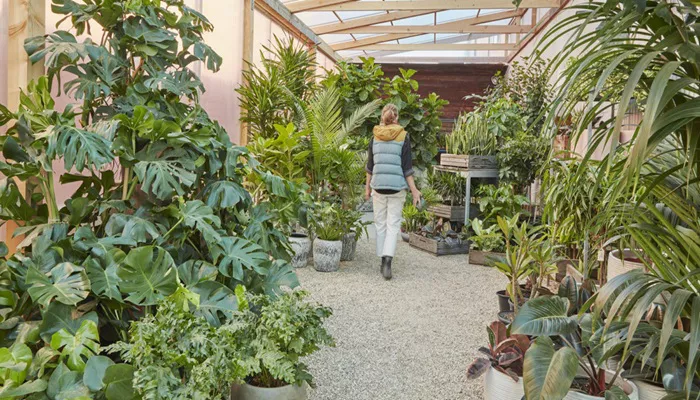As the end of the growing season approaches, many gardeners face the challenge of preserving their summer plants through the winter months. Rather than letting your plants succumb to frost, now is the perfect time to bring them indoors and keep them thriving.
Preserving Summer Plants for Winter
At our home, pelargoniums, commonly known as geraniums, are the top plants we save. These plants, some of which are over 15 years old, are housed in large containers. In September, we bring them into our indoor greenhouse, cut them back, and root the cuttings to grow new plants. Even without additional lighting, these geraniums usually start blooming again around February.
For those with indoor grow lights, consider potting up some of the best annuals from your garden. Plants such as fibrous begonias, coleus, and nemesia generally adapt well to indoor conditions, at least for a while. Avoid bringing in plants like stock that already have seed pods, as they may not transition as smoothly.
In our indoor grow room, we bring in containers of plants to help them acclimate. Currently, I’m focused on a container with sweet peas and alyssum. The fragrance of these plants, enhanced by the dry indoor air, provides a pleasant transition from outdoor to indoor gardening. This gradual adjustment helps prepare fuchsia and tuberous begonias for winter storage.
Caring for Amaryllis and Other Plants
Amaryllis bulbs stored outdoors must be brought inside now. Place the pots on their sides in a dark area for about eight weeks to allow them to go dormant. Do not water or cut the leaves; let them die back naturally. Any remaining issues can be addressed when the bulbs are revived.
We also have lettuce in a former window box container. As the leaves become bitter, I plan to trim them back rather than pulling the plants out. Fresh, tastier leaves should grow back indoors. Additionally, we have small carrots that need thinning, and these will also be moved indoors.
Preparing Plants for Indoor Living
Before bringing plants inside, repot them in fresh soil enriched with organic matter, and do this outdoors. Trim the plants to encourage bushier growth and to reduce potential pests. Gradually acclimate your plants to indoor conditions by first placing them in the shade, then in the garage, and finally in the house. Provide extra humidity with a humidifier or water trays.
Consider which other plants might be suitable for indoor winter enjoyment. Coleus, fibrous begonias, and herbs like sage, rosemary, and thyme are all good candidates.
The effort to bring plants indoors is worthwhile, as it allows you to extend the life of your outdoor garden through the winter months. For those with indoor grow lights, setting them up early can make a big difference, while those without should consider investing in a lighting system.
Jeff’s Alaska Garden Calendar:
Alaska Botanical Garden: Tickets are available for “Beer in The Garden” on Thursday, Sept. 5. The nursery will remain open with sales until Sept. 15.
Butter and Eggs: Take care of your seed preparations.
Compost: Collect green materials to mix with falling leaves for composting.


